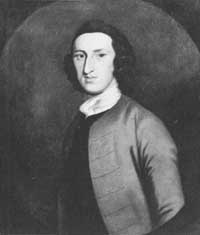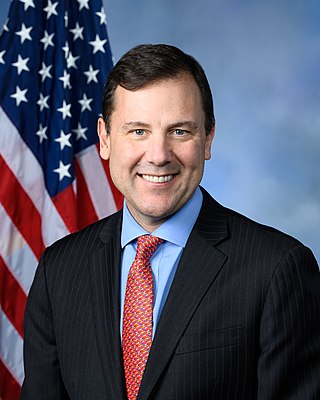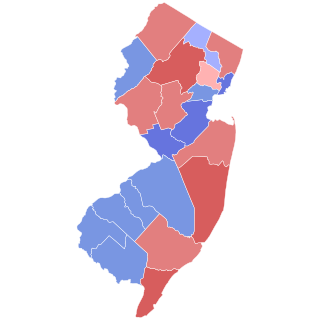
William Livingston was an American politician and lawyer who served as the first governor of New Jersey (1776–1790) during the American Revolutionary War. As a New Jersey representative in the Continental Congress, he signed the Continental Association and the United States Constitution. He is considered one of the Founding Fathers of the United States and a Founding Father of New Jersey.

Kean University is a public university in Union and Hillside, New Jersey. It is part of New Jersey's public system of higher education.

Thomas Howard Kean is an American businessman, academic administrator, and politician who served as the 48th governor of New Jersey from 1982 to 1990 and as president of Drew University from 1990 until 2005.

Julian Ursyn Niemcewicz was a Polish poet, playwright and statesman. He was a leading advocate for the Polish–Lithuanian Commonwealth's Constitution of 3 May 1791.
Peter Van Brugh Livingston was a Patriot during the American Revolution who was a wealthy merchant and who served as the 1st New York State Treasurer from 1776 to 1778.

John Kean was an American merchant, banker and member of the Continental Congress from South Carolina who was the first in a long line of American politicians.

John Kean was an American attorney, banker and Republican Party politician from Elizabeth, New Jersey. He represented New Jersey in the U.S. Senate from 1899 to 1911 and served two separate terms in the United States House of Representatives, from 1883 to 1885, and from 1887 to 1889. A member of the Kean family of politicians, his great-grandfather, John Kean, had been a delegate to the Continental Congress for South Carolina, his brother was U.S. Senator Hamilton Fish Kean, his nephew was U.S. Representative Robert Kean and his great-nephew was Governor Thomas Kean.

Thomas Howard Kean Jr. is an American politician serving as the U.S. representative from New Jersey's 7th congressional district since 2023. He represented New Jersey's 21st legislative district in the New Jersey Senate from 2003 to 2022, serving as minority leader from 2008 to 2022. A member of the Republican Party, Kean is the son of former New Jersey governor Thomas Kean.

Robert Winthrop Kean was an American Republican Party politician from the state of New Jersey. Kean represented parts of Essex County, New Jersey in the United States House of Representatives from 1939 to 1959. He retired from the House to run for United States Senate in 1958, but was defeated by Harrison A. Williams.

Hamilton Fish Kean was a U.S. Senator from New Jersey.

Henry Walter Livingston was a United States Representative from the state of New York.

The Livingston family of New York is a prominent family that migrated from Scotland to the Dutch Republic, and then to the Province of New York in the 17th century. Descended from the 4th Lord Livingston, its members included signers of the United States Declaration of Independence and the United States Constitution. Several members were Lords of Livingston Manor and Clermont Manor, located along the Hudson River in 18th-century eastern New York.

Boxwood Hall State Historic Site, located at 1073 East Jersey Street in Elizabeth, New Jersey, is a historic house museum operated by the state of New Jersey. Boxwood Hall was built about 1750, and is a National Historic Landmark for its association with Founding Father Elias Boudinot (1740-1821), who lived here from 1772 to 1795. Boudinot, a lawyer, politician, and diplomat, was president of the Continental Congress 1782–83.
The Fish family is a prominent American family, members of which became influential in politics, diplomacy, and business. The family is of English origin and is descended from Jonathan Fish (1615–1663), who was born in East Farndon, Northamptonshire, England, and ultimately settled in the Province of New York.

Samuel Nicoll Benjamin was a Union Army officer during the American Civil War who received the Medal of Honor.

Henry Brockholst Ledyard Sr. was the mayor of Detroit, Michigan, and a state senator, briefly served as assistant secretary under Secretary of State Lewis Cass, and was the president of the Newport Hospital and the Redwood Library in Newport, Rhode Island.
Peter Philip James Kean was an American soldier and member of the Kean political family.

The 1958 United States Senate election in New Jersey was held on November 4, 1958.
Caleb Ogden Halsted was an American merchant and banker.
Colonel John Kean was an American businessman and public official.






















